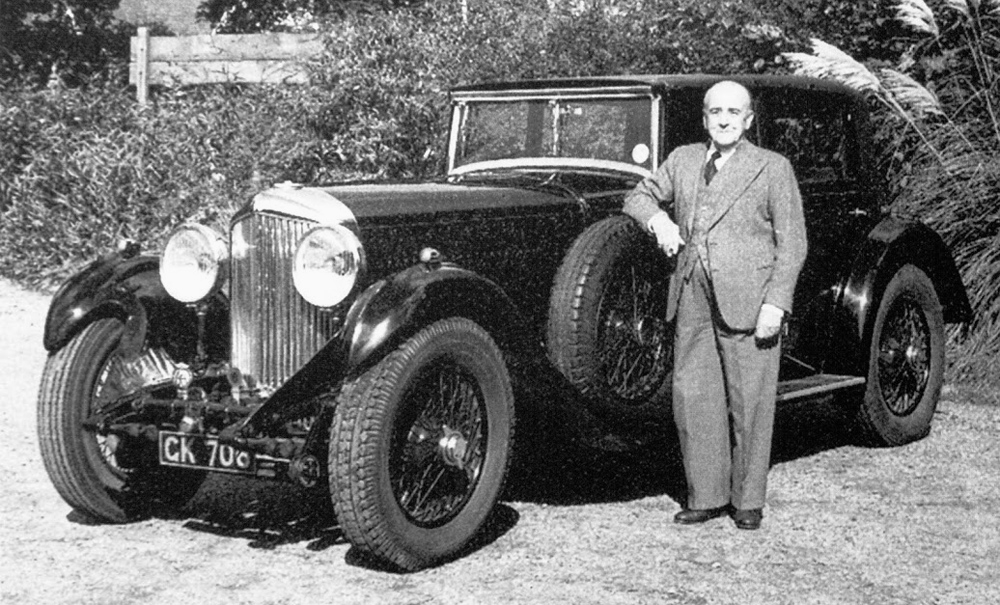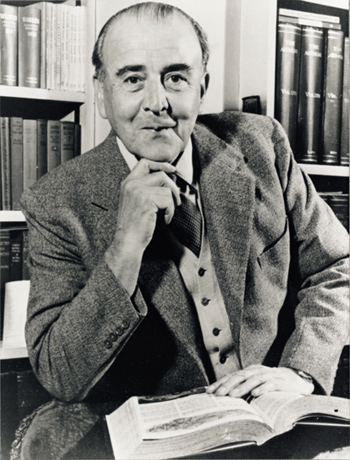|
In January 1919, Almost immediately after the end of the First World War, W.O. and H.M. founded their own car company, Bentley Motors Limited. H.M. and W.O. Bentley and H.M.J. Ward are listed as directors. In
October of the same year the first Bentley is completed. The 3-litre is built in a workshop near Baker Street, London, and powered by a 65bhp four-cylinder 16-valve engine. The car is the first to carry Bentley's hallmark
radiator casing and flying 'B' insignia.
In May 1923, John Duff and Frank Clement drive a privately-entered 3-litre to fourth place in the first 24-hour Le Mans race. One year later, the two drivers won Bentley the first
Le Mans. However, the next endurance race was a disaster, while Bentley Motors Limited was in serious financial difficulties. Nevertheless, the victory at Le Mans convinced Woolf Barnato to help the company with its financial
problems. The company was saved, however, W. O. was no longer a co-owner of the company but Barnato's employee.
In November 1931, with Barnato refusing to continue to finance the company and Bentley with a Receiver,
Bentley was sold to the British Central Equitable Trust which was purchasing for Rolls-Royce. W.O. continued to work for Bentley after his former company was acquired by Rolls Royce but he was unhappy and left in 1935 when his
contract expired.
In 1935, the Lagonda car company was bought by Alan P. Good, who outbid Rolls-Royce. He also persuaded W. O. Bentley to join Lagonda. He continued to work for Lagonda with Bentley touches to the engines. In 1938 the LG6 with independent front suspension by torsion bar and hydraulic brakes. Bentley's masterpiece was the V12 was launched in 1937. The 4480-cc engine delivered 180 bhp and was said to be capable of going from 7 to 105 mph in top gear and to rev to 5000 rpm. The Lagonda Rapide model power plant was a twelve-cylinder V engine developing 200 horsepower. In 1947, The company was purchased by Aston Martin. Production restarted with the last model from W. O. Bentley, the 1948 2.6-Litre. W O remained as an engineer at Aston Martin-Lagonda for a time, then he moved to Armstrong Siddeley, where he designed another twin-overhead-cam 3-litre engine before retiring. Armstrong Siddeley was a British engineering group that is best known for the production of luxury motor cars and aircraft engines. The production of cars ceased in August 1960. The company was absorbed into the Rolls-Royce conglomerate who were interested in the aircraft and aircraft engine business.
W. O. Bentley died at the Nuffield Nursing Home, Woking, on 13 August 1971. His widow Margaret lived until 1989. He had no children.
(below)
W.O. Bentley with his 8 Litre - This was his car, that he had a give back to Rolls-Royce when he left Bentley. This photo was taken at a Bentley Drivers Club event where he was reunited
with his old 8 Litre for this photo.

|

